A Beginner's Guide to Planting Almonds in the Fall
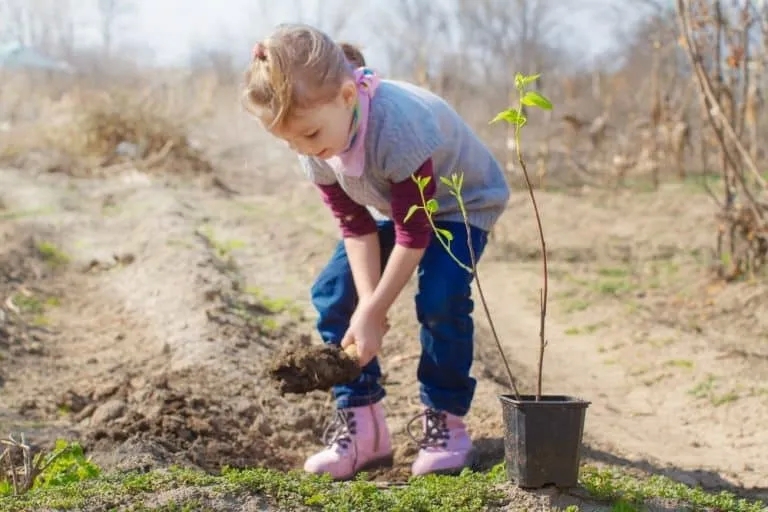
Almond — a unique tree. It boasts a delicate fragrance, beautiful pink-white blossoms, and...
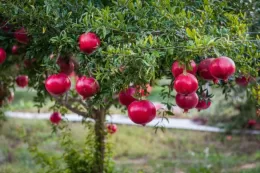
In the East, the pomegranate is known as the "king of fruits" for its exquisite taste and beautiful appearance. A single fruit contains a wealth of nutrients essential for the human body. In folk medicine, pomegranate seeds and peel are used to treat anaemia, dysentery, gastrointestinal disorders, and other ailments.
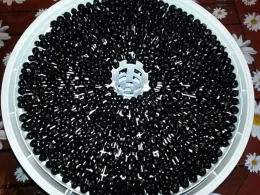
One of the simplest ways to preserve blackcurrants for winter is drying. If the climate doesn’t allow sun-drying, an electric dehydrator can be used. Dried berries lose about 80% of their original mass and volume, but retain up to 70-80% of their nutrients, including sugars. Here’s how to dry blackcurrants in an electric dehydrator.
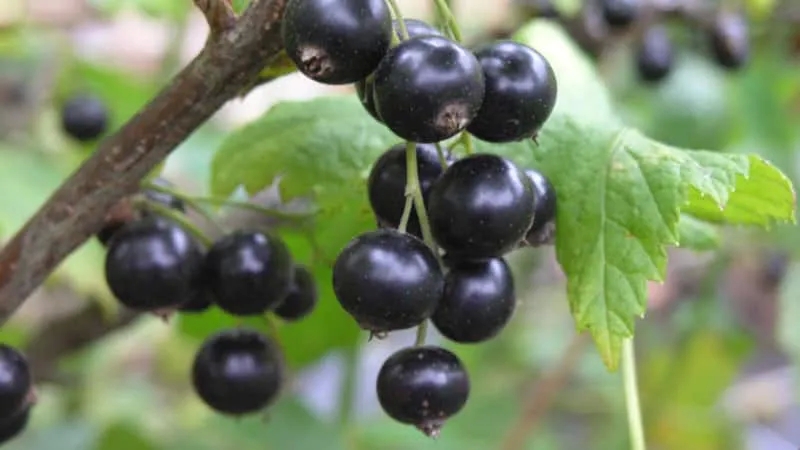
Blackcurrants are loved by both children and adults—they are among the most beneficial and delicious berries from the garden. However, their ripening period is short—they can be enjoyed fresh for only a few weeks. For this reason, various preservation methods are popular. One of the most common is canning, but this process often diminishes flavor and nutritional value. As an alternative, many opt for drying blackcurrants.
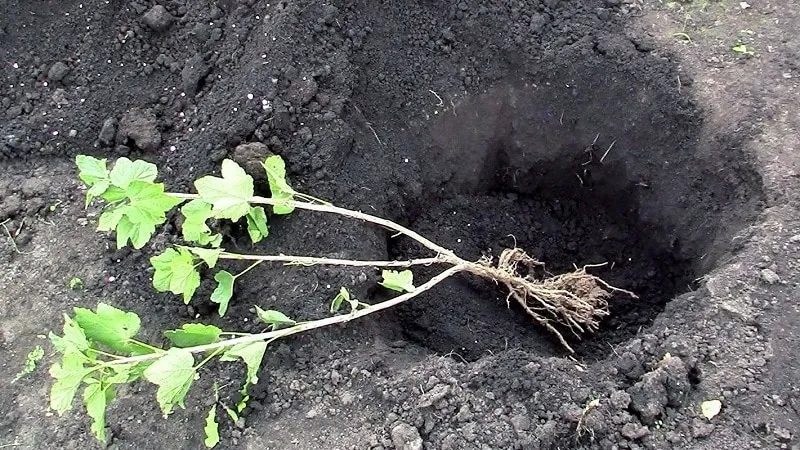
Gooseberries are among the highest-yielding berry shrubs. With proper planting, a single bush can produce up to 12 kg of juicy berries and continue fruiting for 20 years or more. The plant is low-maintenance and easy to grow, requiring only a sunny planting spot, moderate moisture, and nutrient-rich soil.
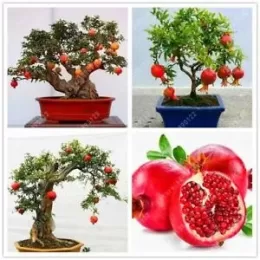
The common pomegranate houseplant combines decorative appeal, fruit-bearing qualities, and low maintenance. To grow a pomegranate tree at home, it's essential to understand its care and propagation specifics. This article also includes descriptions of dwarf pomegranate varieties.
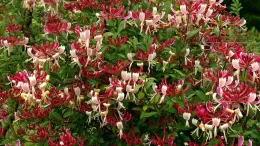
Caprifol, also known as goat leaf or Italian honeysuckle, is a flowering plant belonging to the Caprifoliaceae family. It is widespread across Europe, with its origins traced to the southeastern regions of Great Britain. Caprifol is distinguished by its unique red, cream, and yellow flowers with prominent stamens and a pleasant fragrance.

The process of propagating redcurrants is largely similar to that of blackcurrants. The only difference is that redcurrants root less effectively due to their slower root formation. Therefore, for propagation, it is recommended to use the layering method or obtaining planting material by cutting woody or green cuttings. For more details on how to propagate redcurrants, read our article.

Almond — a unique tree. It boasts a delicate fragrance, beautiful pink-white blossoms, and...
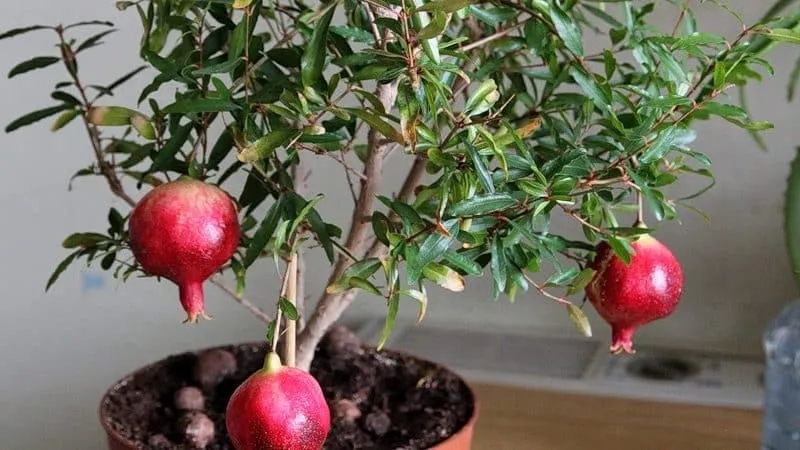
The blooming pomegranate is a sight to behold: against a backdrop of bright lime-green, lacy...
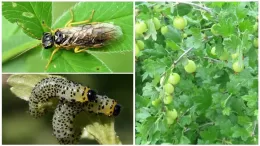
The sawfly — the most destructive insect — can reduce the yield of gooseberries and currants by up...
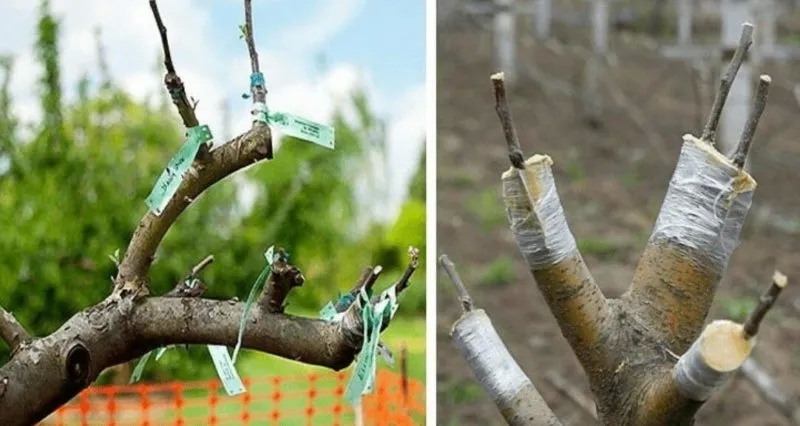
Spring — the most favourable time for garden work. During this period, fruit tree grafting begins....
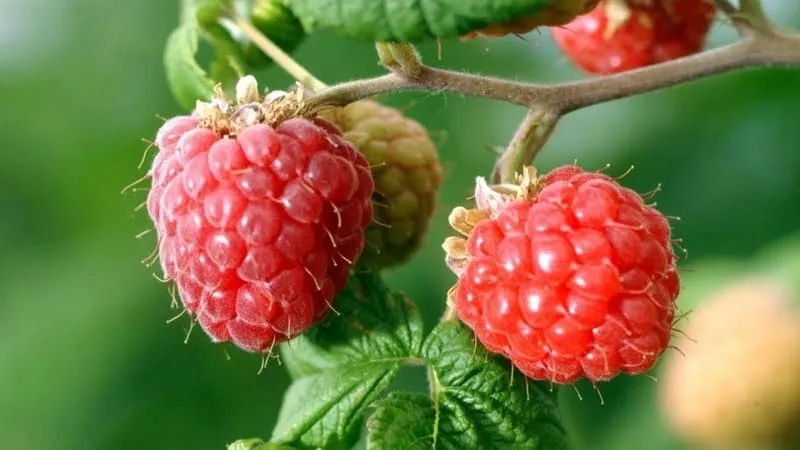
Raspberries are grown across Europe: from the sunny Mediterranean to the cool climates of...
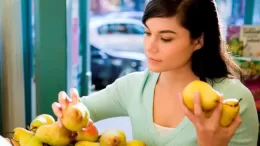
Nature has provided humanity with a vast variety of fruits that offer beneficial effects on the...
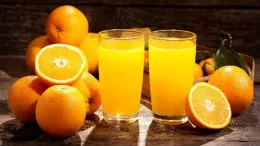
Freshly squeezed orange juice boasts outstanding taste, dietary, and health benefits. Its...

Grapes are beneficial for pregnant women due to their rich complex of vitamins and minerals. There is...